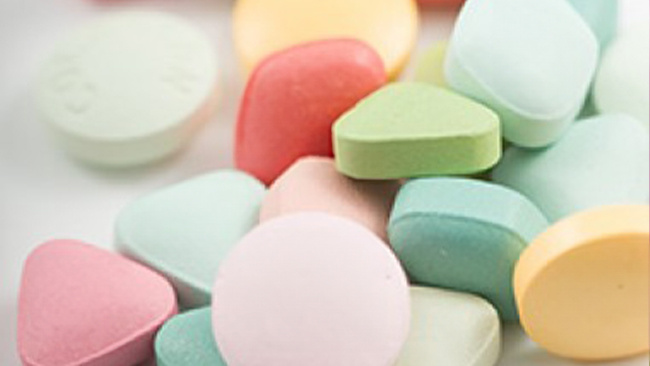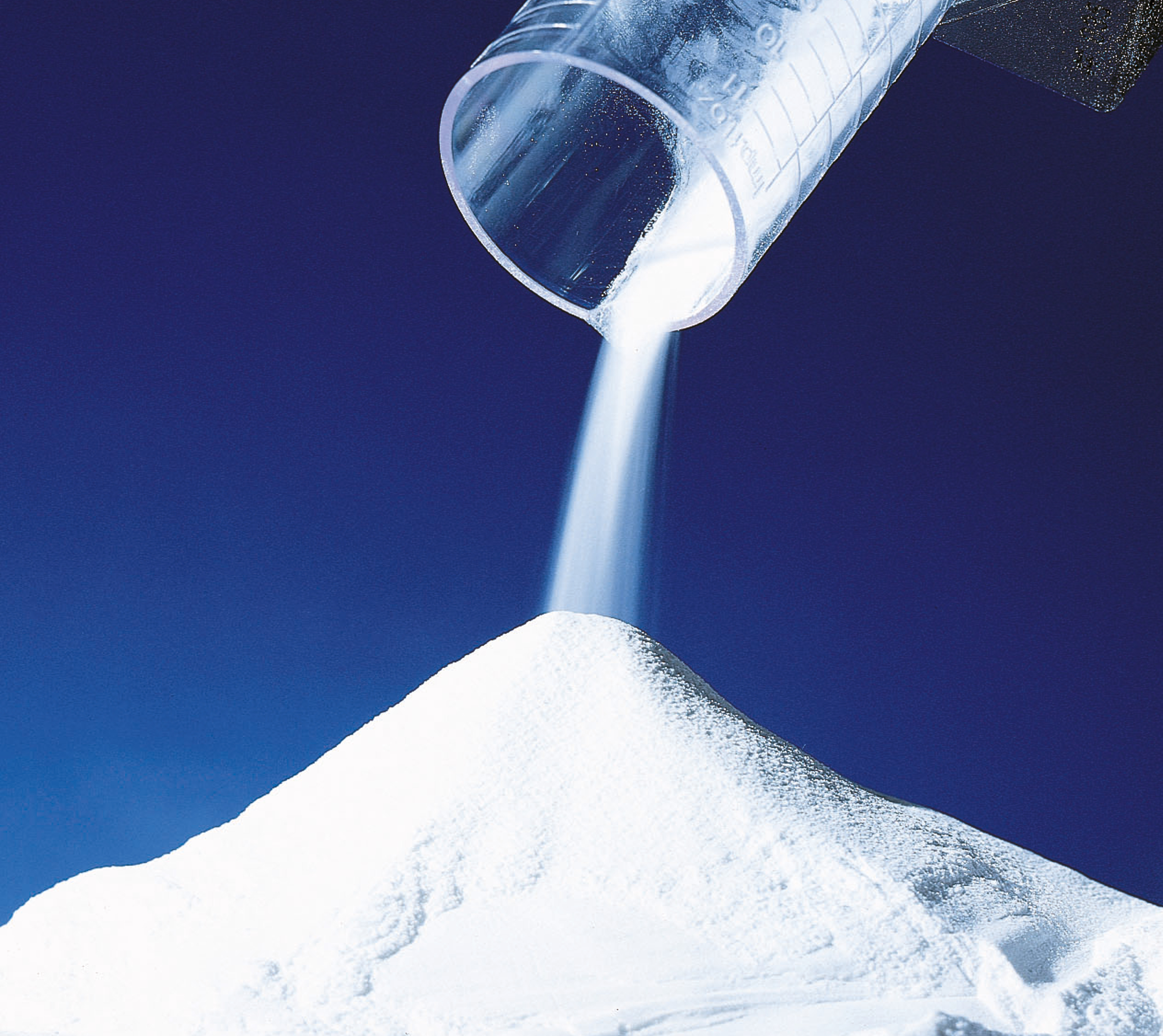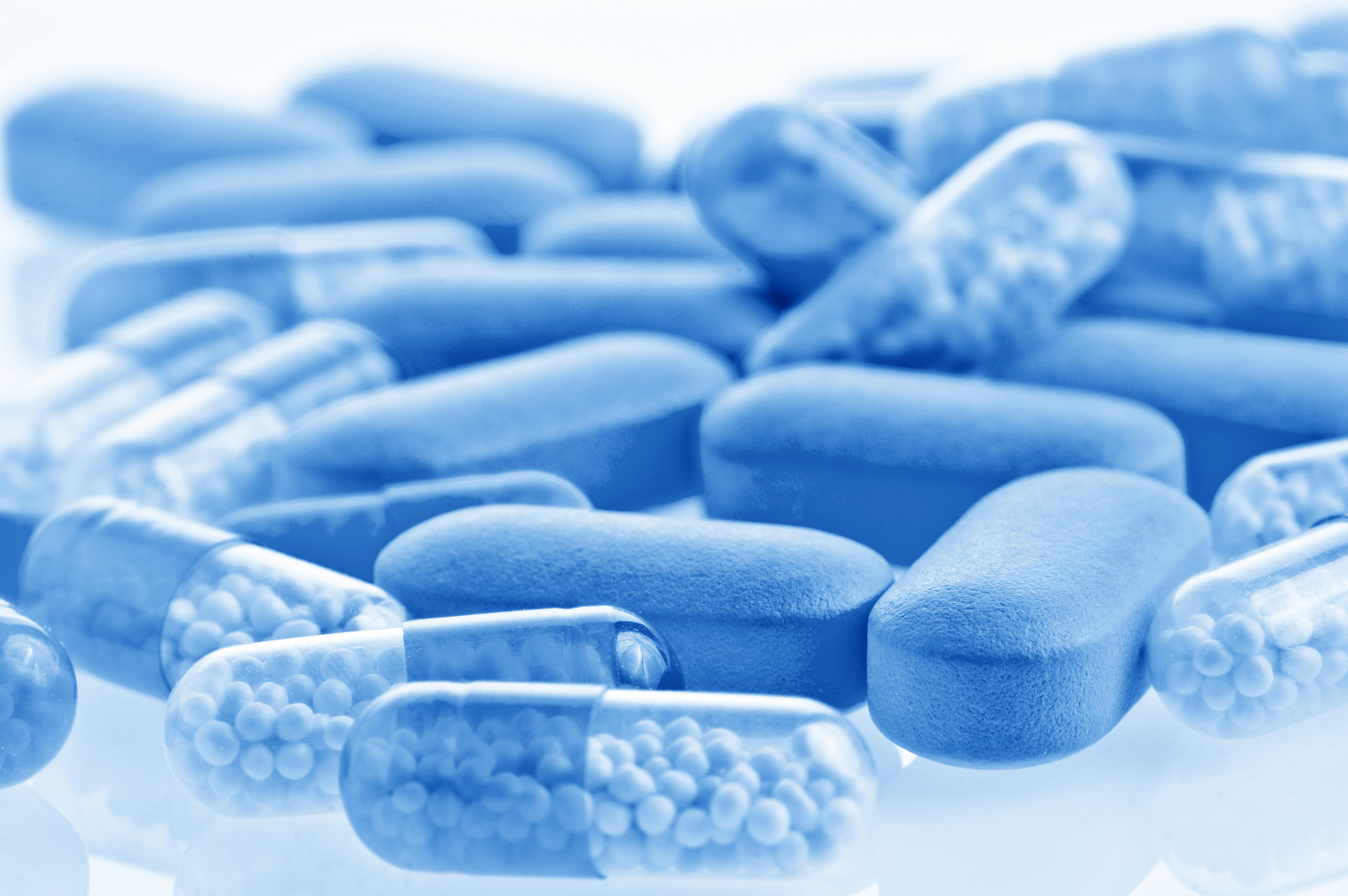- Home
- Education & Insights
- Search
- How Film Coating Improves Drug Efficacy and Boosts Patient Compliance
How Film Coating Improves Drug Efficacy and Boosts Patient Compliance

One of the biggest challenges for the pharmaceutical industry is achieving optimal drug efficacy while also increasing patient compliance. Fortunately, drugmakers have a major ally that can help in both of these areas: film coated tablets.
The implications of this process extend far beyond mere aesthetics, influencing both the therapeutic effectiveness of the drug and the likelihood of patient adherence to treatment regimes.
For pharmaceutical companies, mastering film coating is not just a technical necessity; it's a strategic imperative that directly impacts the market success of their products. This article will explore the advanced technologies in film coating, their role in enhancing drug release and efficacy, and their significant impact on improving patient compliance.
Read more:
- Film Coated Tablets: A Guide to the Pharma Coating Process
- Top 4 Reasons to Outsource Your Film Coating
Film Coating Technology – Beyond the Basics
In pharmaceuticals, film coating technology has evolved significantly, offering a range of benefits that extend well beyond the initial objectives. Key advancements in film coating technologies include:
- Enhanced polymers: These polymers offer superior protection from environmental factors like moisture and light, and controlled drug release for specific therapeutic targeting and sustained medication efficacy.
- Precision application methods: These ensure uniform coating, essential for consistent drug delivery.
- Computational modeling: This aids in predicting coating outcomes and optimizing the process.
Considering both the tablet’s core and coating as integral parts of the drug delivery system is crucial. This approach ensures:
- Consistent drug release profiles: Coating and core must work harmoniously for desired therapeutic effects.
- Improved patient compliance: A well-designed tablet considering both core and coating enhances patient outcome.
Drug Release and Efficacy Enhanced by Film Coating
Controlled drug release is a major part of pharmaceutical efficacy, heavily influenced by film coating. This control is essential in:
- Delayed-release medications: Ensuring the active ingredient reaches the specific site of action.
- Extended-release formulations: Providing a steady release of medication over time, critical for chronic conditions.
- Minimizing side effects: Controlled release helps in reducing drug concentrations that could lead to adverse reactions.
Maximizing Patient Compliance through Film Coating
As any pharmaceutical professional knows, it’s one thing to achieve excellent drug efficacy – but will your patients take their medicine? Acknowledging the diverse needs and preferences of patients is vital for pharmaceutical companies. Patient adherence depends on:
- Tailored medication for different age groups: Pediatric and geriatric patients have unique needs in terms of swallowability and size.
- Sensory factors: Taste, smell, and appearance of medication significantly influence patient willingness to adhere to prescribed regimens.
How Film Coating Helps with Enhanced Patient Experience
Film coating plays a significant role in improving the overall patient experience with medication. This improvement includes:
- Masking unpleasant tastes and odors: Essential for drugs with bitter or unpleasant inherent tastes.
- Easing swallowability: Smooth, coated tablets are easier to swallow, reducing patient discomfort and resistance.
- Aesthetic appeal: An attractive, well-coated tablet can enhance the patient's perception of the medication's quality and efficacy.
As you can see, film coating in pharmaceuticals serves a dual purpose of enhancing drug efficacy and improving patient compliance. These advancements in technology and understanding of patient needs not only optimize therapeutic outcomes but also ensure a better experience for the end-user, thereby impacting the market success of pharmaceutical products.
Closing Thoughts
The art and science of film coating in pharmaceuticals represent a critical convergence of technology and patient-centric design. As we've explored, the benefits of advanced film coating extend far beyond the physical attributes of the tablet, directly influencing drug efficacy and patient compliance.
This process, intricate in its execution, plays a pivotal role in bridging the gap between effective drug delivery and positive patient experiences. By masking unpleasant tastes, ensuring controlled release, and improving swallowability, film coating not only meets the technical demands of drug formulation but also addresses the nuanced preferences and needs of patients.



